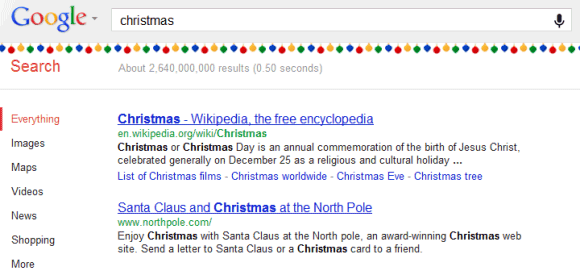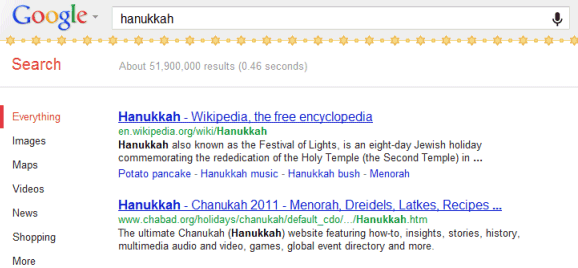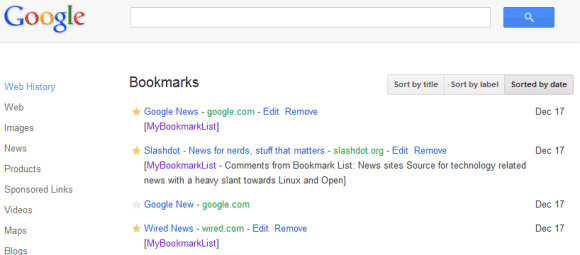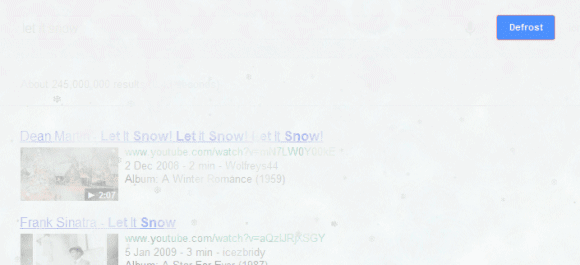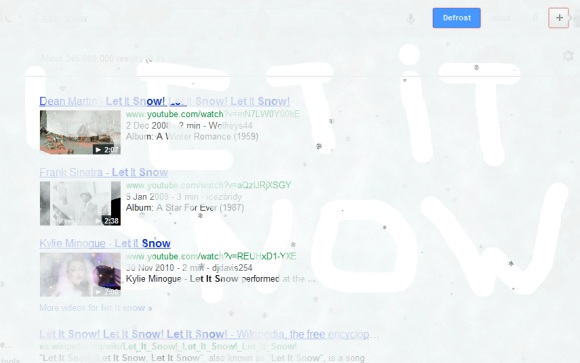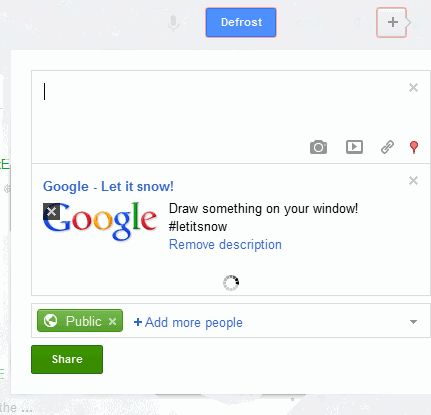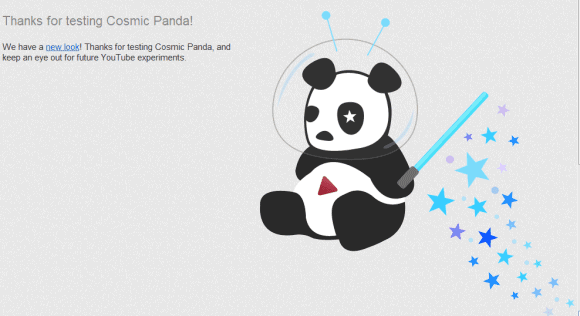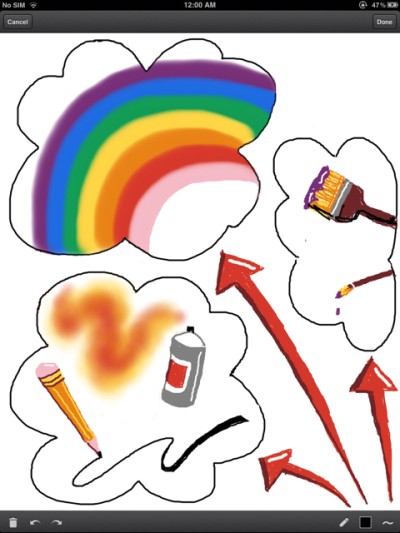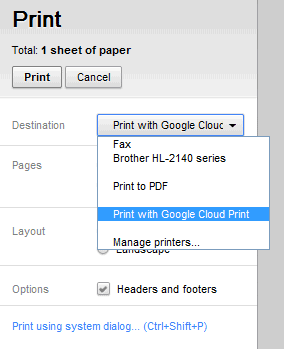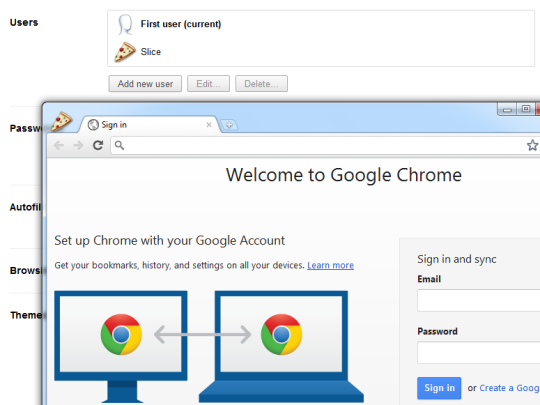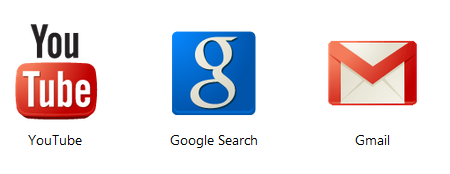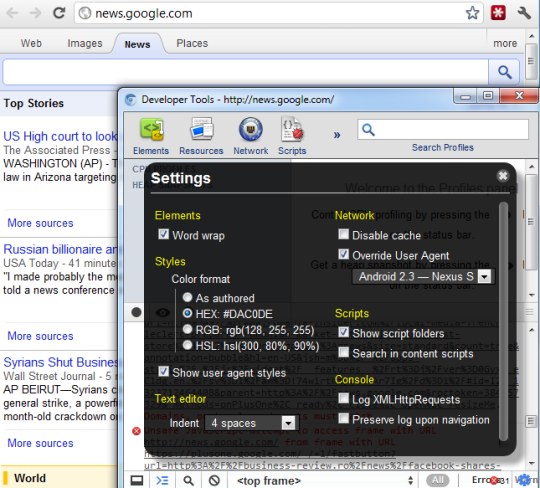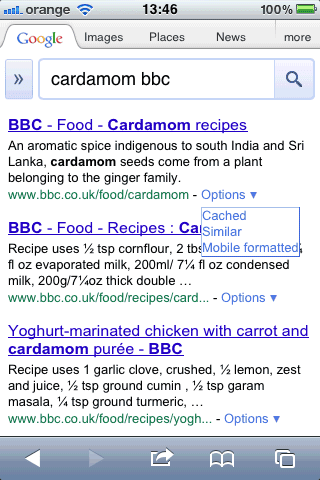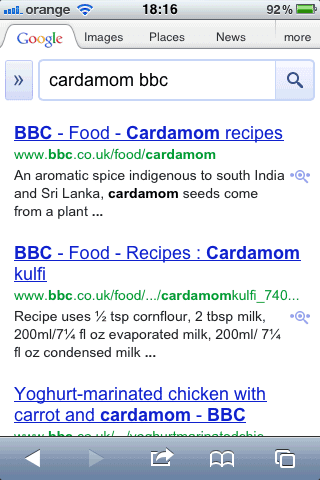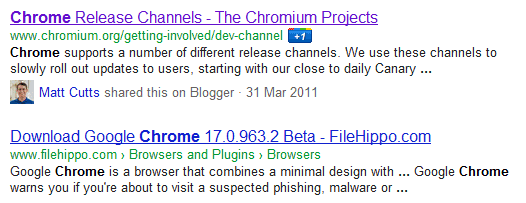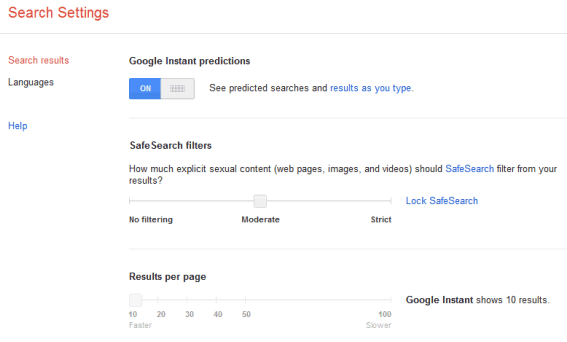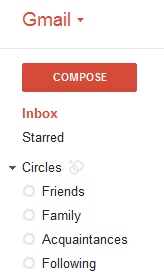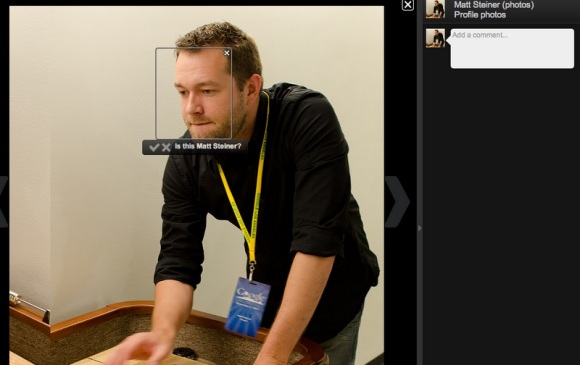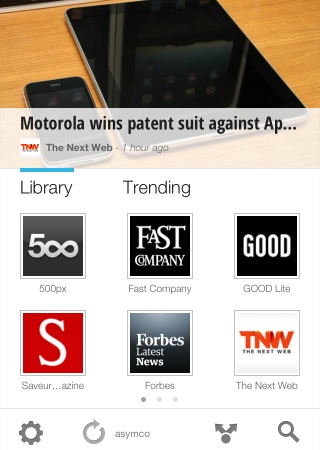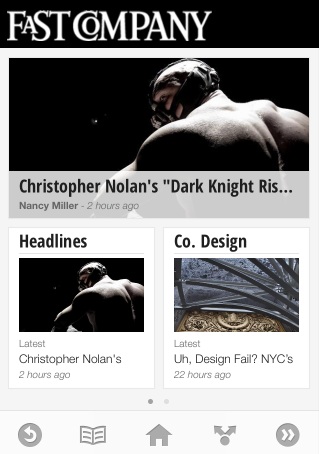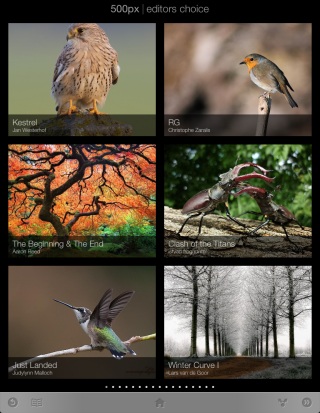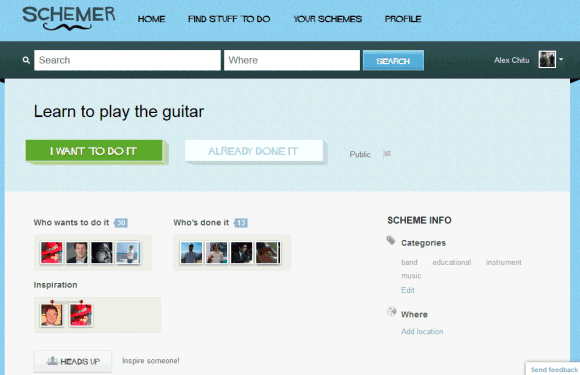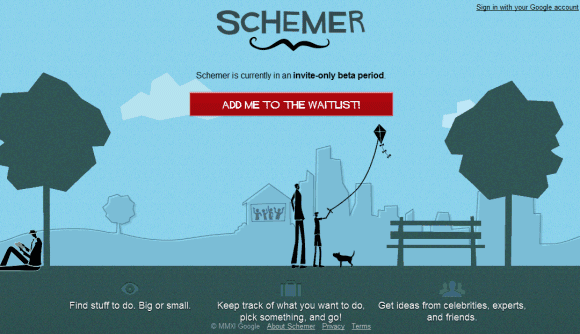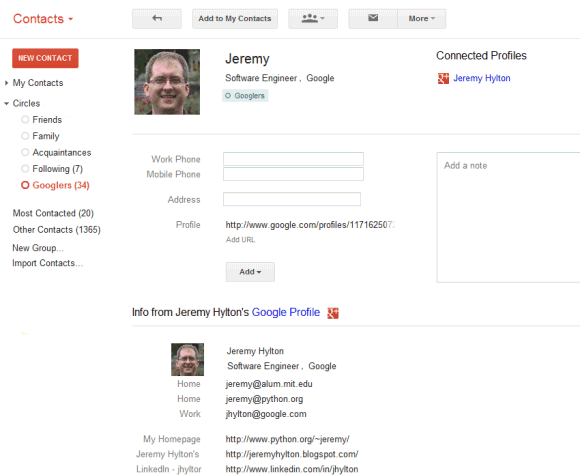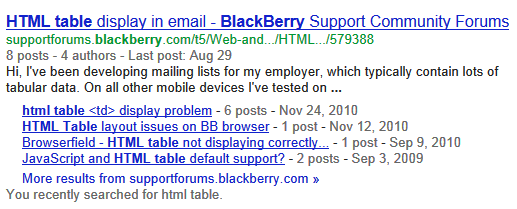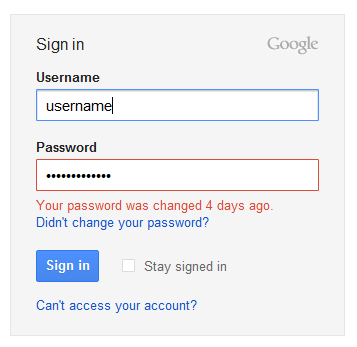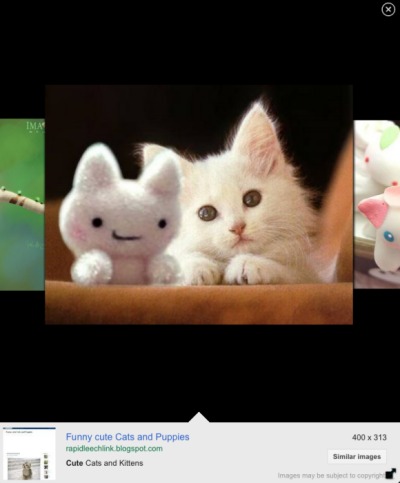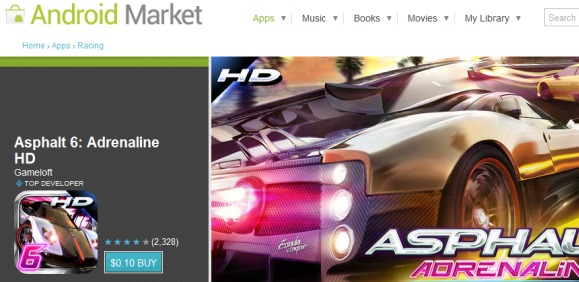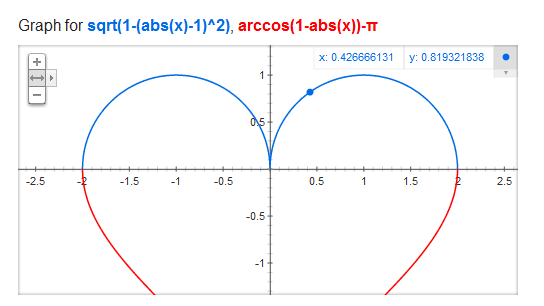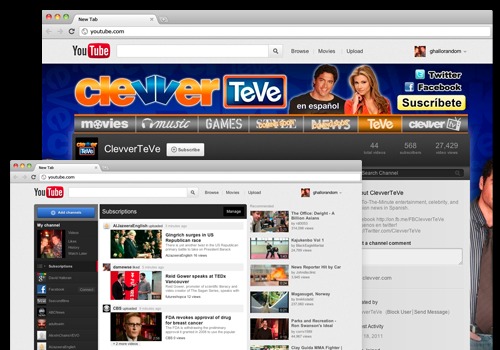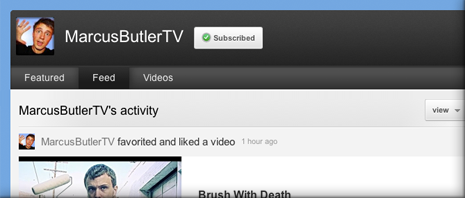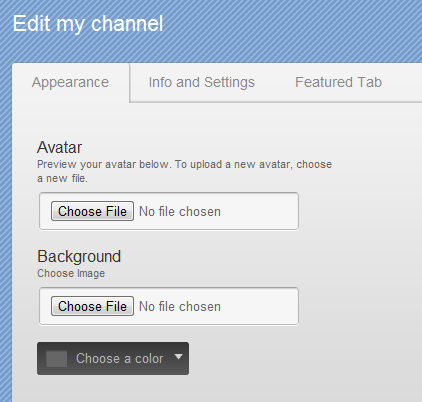Last year's predictions weren't that great (the predictions for 2010 were better), but predicting the future is an addictive game, so I'll try again. Here are my predictions for 2012:
1. Oflline Google stores that will sell Chromebooks, Android phones, Google TV boxes, Google-branded shirts and more.
[ update: not true yet ]
2. Google Music will become a subscription service.
[ update: Google Play Music All Access, launched in May 2013 ]
3. Google will focus on improving the quality of Android apps. It will offer better tools for creating consistent user interfaces, it will review some of the new apps and applications will be able to request additional permissions after they've been installed.
[ update: Android Studio, automated malware scanning, 60000 low-quality apps removed ]
4. Google Games - a new service for multiplayer games that will combine the best games for Chrome, Android and Google+, while syncing your data, ranking users and allowing you to challenge your friends.
[ update: Google Play Games (May 2013) ]
5. A new music editing online service that will only work in Chrome (and probably other Chrome-only services).
[ update: not true ]
6. ARM Chromebooks (notebooks and tablets) and ARM Google TV boxes will be cheaper and more successful.
[ update: true for the Chromebooks (best selling laptop on Amazon); ARM Google TV boxes are cheaper, but not that successful ]
7. Google+ will have at least 300 million users at the end of 2012 and will incorporate many existing Google apps. Google will aggressively promote the service and will even integrate it with Chrome.
[ update: 500 million users in December 2012 ]
8. Google Instant Answers - an improved OneBox that will offer some of the detailed answers that are available in Wolfram Alpha.
[ update: Google Knowledge Graph (May 2012) ]
9. A virtual assistant for Android that will be more powerful than Siri and it will also be available in the desktop Google interface as an upgrade for voice search. Google will get better at supporting natural language queries.
[ update: launched in June 2012 ]
10. Google's navigation menu will be customizable and the notification box will support new services.
[ update: not true ]
11. The first Google-branded Motorola phones and tablets.
[ update: not true ]
12. Google search results personalized based on information from your calendar, Google+ posts, the apps you install etc.
[ update: search plus your world (January 2012), Gmail Field Trial (August 2012) ]
13. Google Doodle Creator - a service that lets you create a doodle and share it with your friends.
[ update: not true ]
14. Image Search will be able to analyze images and recognize multiple objects and people.
[ update: not true ]
15. Chrome Web Store apps and extensions for Android.
[ update: not true ]
16. YouTube's HTML5 player will become the default player.
[ update: not true ]
17. YouTube's new TV-like channels will combine some of the best videos that are available.
[ update: paid YouTube channels (May 2013) ]
18. The largest fine in Google's history.
[ update: $22.5 million in August 2012 for Safari tracking ]
19. Blog commenting service powered by Google+.
[ update: launched in April 2013 ]
20. Google+ Answers service replaces Aardvark.
[ update: not true ]
21. An online Chrome dashboard will let you access your data (bookmarks, passwords, apps) even when you don't use Chrome.
[ update: not true ]
22. Better Google Docs for tablets, Google Drive - a new name for the Google Docs list, apps for syncing files and more free storage.
[ update: Google Drive launched in April 2012 ]
T-Mobile pulls a Netflix with its home internet service
5 minutes ago



